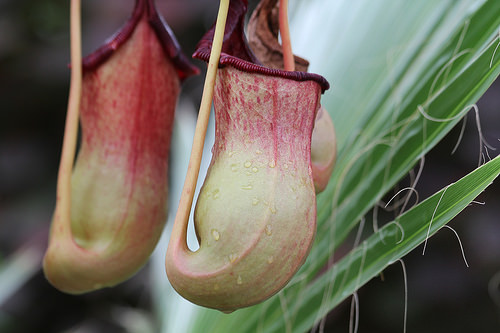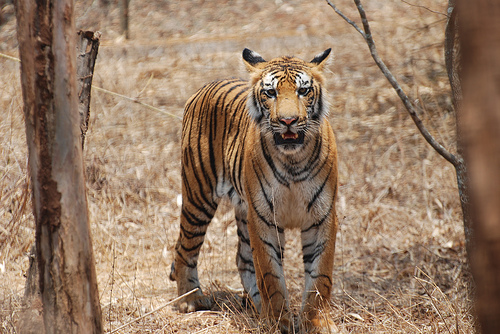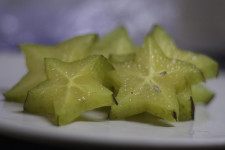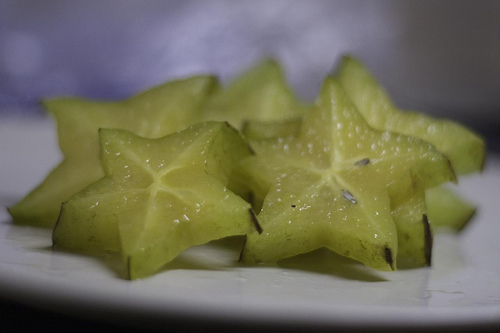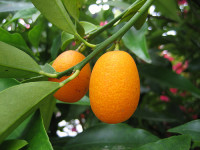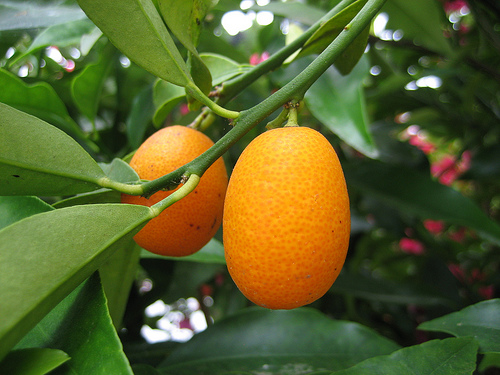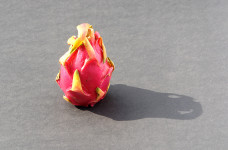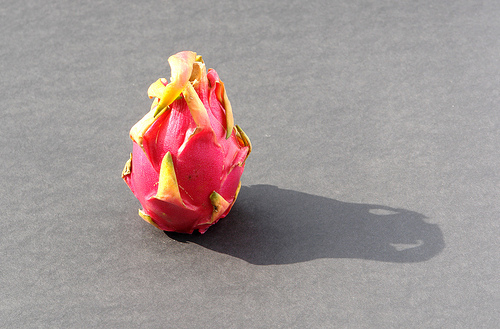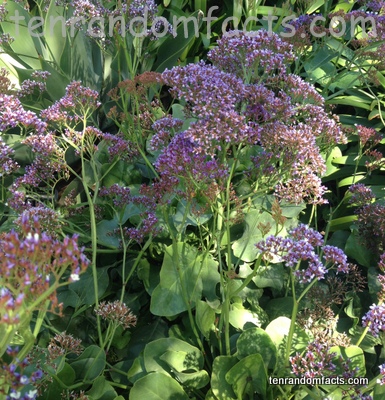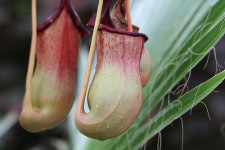
You certainly do not want to drink from a tropical pitcher plant.
- Tropical pitcher plants are a group of at least 160 species of carnivorous plant, that are native mostly to Southeast Asia, while some can be found in Madagascar, northern Australia, and on a few smaller tropical islands around these areas.
- ‘Tropical pitcher plants’ are also known as ‘pitfall traps’ and ‘monkey cups’, and they produce vessels known as ‘pitchers’, that hold fluid, hence their common name, though the plant typically needs humidity for pitchers to develop.
- The scientific name of the tropical pitcher plant genus is Nepenthes, and this genus is the sole member of the Nepenthaceae family, and they were first described in 1658 by Étienne de Flacourt, a French governor who discovered them in Madagascar, and he referred to the plant as Amramatico.
- The pitchers of a tropical pitcher plant generally grow and hang on tendrils that form on the leaf tips of the vine-like plant.
- Tropical pitcher plants are well known for their carnivorous nature, catching food such as insects, but some species also catch larger specimens, such as lizards, frogs, rodents and even small birds.
Tropical Pitcher Plants
Image courtesy of Graeme Scott/Flickr
- Bright colours, nectar, sweet aroma and even hairs attract prey to tropical pitcher plants, and the slippery nature of the pitcher’s rim, along with moist climates, assist in causing prey to fall into the plant’s pitchers.
- A tropical pitcher plant waits for prey to slip into the pitcher, which holds a fluid that the prey gets trapped in which causes it to drown, and the plant then absorbs the animal’s nutrients.
- Some fauna depends on tropical pitcher plants for caught food scraps and even shelter, some even depending exclusively on the flora while other animals use the pitcher as a toilet facility.
- The pitchers of tropical pitcher plants vary in size, depending on the species, and can be 4 to 50 centimetres (1.6 to 20 inches) in height, and they vary in diameter, while some have a capacity of 3.5 litres (0.9 gallons).
- A tropical pitcher plant produces clusters of flowers that are pollinated through certain flying insect species, though there is only one gender of flower on each plant; after which capsules of seeds are produced that each hold hundreds of light seeds, that are dispersed through wind movement.
Bibliography:
About Carnivorous Pitcher Plants, n.d, Learn About Nature, http://www.carnivorous–plants.com/pitcher-plant.html
Caring for Nepenthes, Tropical Pitcher Plants or Monkey Cups, n.d, Pitcher Plant, http://www.pitcherplant.com/care_sheets/nepenthes_care.html
Nepenthes, 2016, Wikipedia, https://en.wikipedia.org/wiki/Nepenthes





